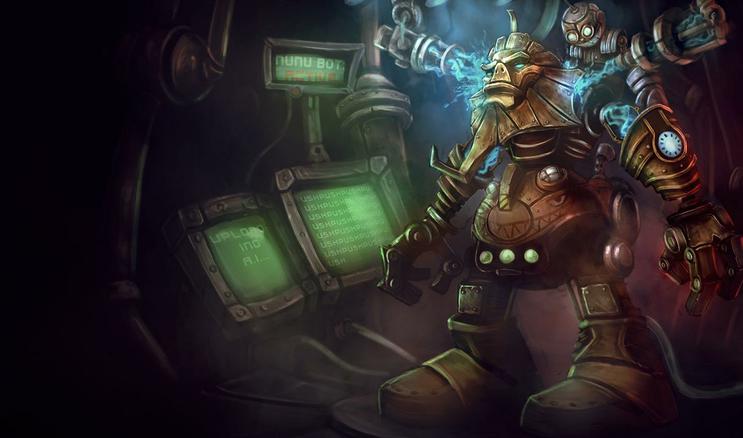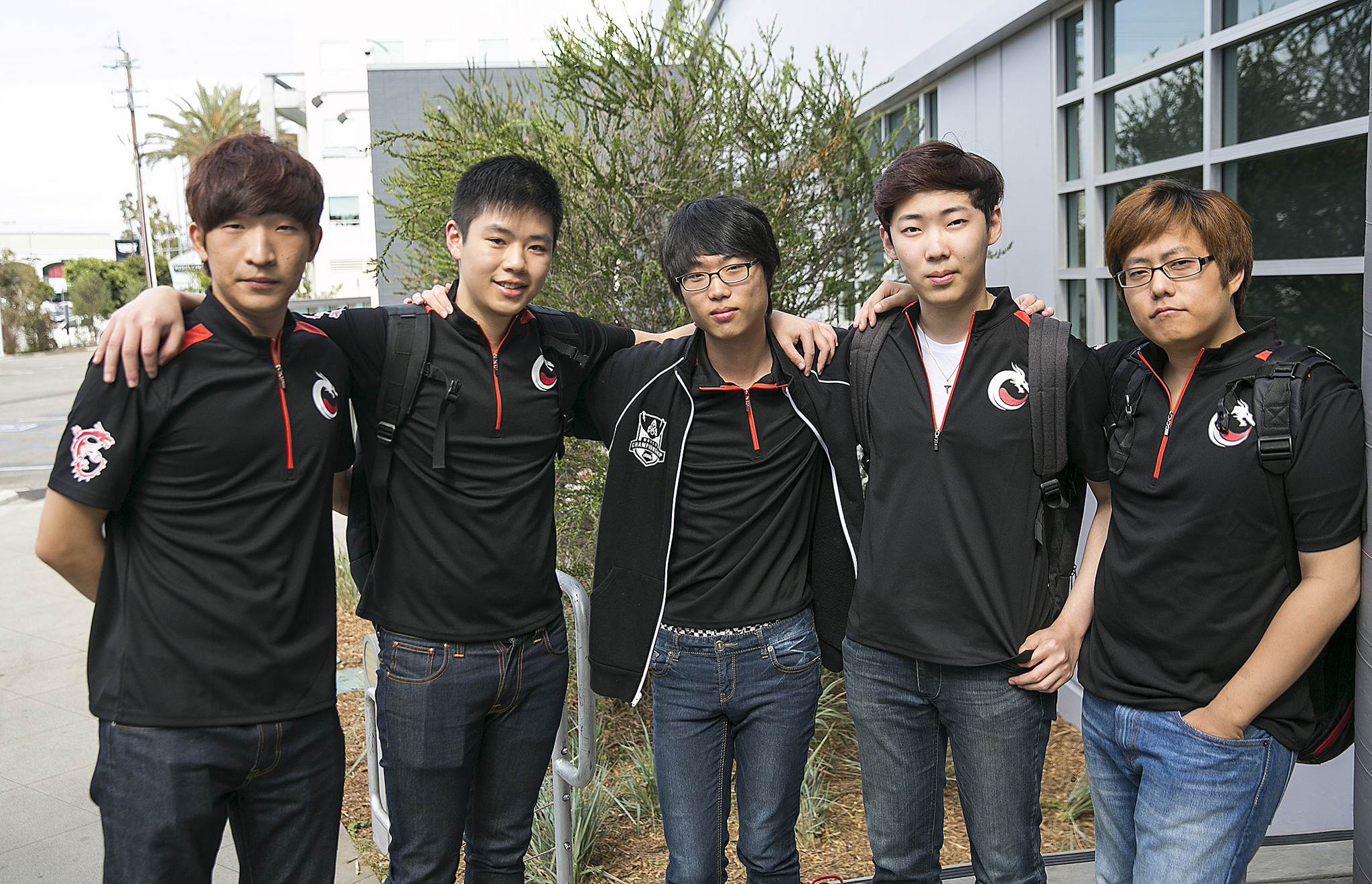Riot's stance on sandbox mode is inarticulate and harmful

Last week Riot released their "Riot Pls" blog, an experiment in long-form explanations and updates for what they're working on and the reasonings behind them. First on the slate was why replays and sandbox modes haven't yet been implemented in the game despite community demands for it stretching back literal years, all the way to the game's debut.
To put it mildly, the community didn't like what they had to say.
The situation with replays might be understandable. The Riot blogging team started with an explanation that League of Legends' tech debt, or the underlying and outdated codes and infrastructure to the game, was "deep, deep in the weeds." Their reason for the lack of replay functionality followed along those lines. The issues with backwards compatibility, network stability, and their somewhat peculiar insistence on server-side storage required a total revamp of the game client itself—something that they've now officially acknowledged they're currently conducting.
While frustrating, especially since replays were part of the game's original release pitch, anybody that's ever had their Smash Bros. replays break because of balance changes can probably understand their desire to have something that works the first time. Their desire for proper native support is understandable too. The original replay demo they put up in the Public Beta Environment, over two years ago now, was far more than a simple video playback, but included stat updates, camera focuses much like how broadcasts are currently conducted, and other useful gimmicks. To have them break, repeatedly, with every new patch would certainly make for an asinine user-side experience. Acceptable, and expected, for third-party systems, maybe, but not so much for Riot's version.
Far, far less explainable is their stance on sandboxes. Said Riot, "our stance is that sandbox mode is not the way to go. We want to make sure we’re clear: playing games of League of Legends should be the unequivocal best way for a player to improve. While there are very real skills one can develop in a hyperbolic time chamber, we never want that to be an expectation added onto an already high barrier to entry."
One step at a time

The Riot stance on sandboxing fundamentally misunderstands two things: the burden of knowledge impact on the base game's experience, and the base game's effectiveness in training. Each misunderstanding affects two different subsets of their player base, with the first affecting the most by far.
Currently, in order to properly learn League of Legends, you pretty much have two options: get yelled at by players in custom games for dying to bots 10 times in a row, or get really yelled at for dying 20 times to human players! The tutorial mode is a widely acknowledged joke, and the educational resources for the game are largely outside the game itself, nested in half a dozen community-operated sites offering a plethora of guides of extremely variable quality. There's the custom games option, which is a sort of extremely crude sandbox—one that doesn't give you the ability to fiddle with variables and test spell interactions directly, forcing you instead to play Farmville for X minutes until you have the stats and circumstances available.
Keep up to date with the most important stories and the best deals, as picked by the PC Gamer team.
But that still assumes that the novice player stepping into the game will know what they're doing regarding last-hitting, wall-Flashing, a-moving, etc, ad nauseum. Miss a Flash, and you're twiddling your thumbs for three minutes before it comes off cooldown. Want to practice early-level trades, and you're out of luck the moment you ding level six or later, requiring you to exit to client. The circumstances they'd want to test with sandboxes already exist—just locked up in a frustrating and wasteful manner.
How many potential players have Riot lost specifically because of this status quo? Riot's Design Communications Lead Pwyff claimed "This is how I got better at playing DotA - I just mashed thousands of games out with Puck and picked up a broad fundamental skillbase. It was a default expectation - either because there were no better alternatives (a la League) or there were sandbox modes available but playing games was the best." But while the full-immersion way of learning is certainly effective for some people, and is a recommended technique for picking up new languages, none of that actually addresses whether it's a pleasant or rewarding experience for new players.
Hint: it really isn't. The lack of a stepping-stone tool, or at least a decently-designed tutorial mode, is one of the biggest barriers to entry.
Joining the fight

The lack of a sandbox also affects competitive play, though not necessarily in obvious ways. The pro player community have largely lent their weight in dissatisfaction with Riot's reasoning, but it's mostly just an annoyance for the uppermost echelon teams. The status quo actually protects them—the lack of a sandbox mode helps exacerbate the veterancy advantage that extant LCS teams have over their Challenger peers.
The problem is experience in group dynamics. Solo queue success is the primary means in which a player is determined to be eligible for recruitment, but the circumstances and environments of it are extremely dissimilar with actual pro play. The comparative lack of communication, pick-ban strategies, and pre-determined openers and strategies makes the two ultimately very different, despite using the same code, map and champions. Nobody comes out of solo queue knowing how to play around power spikes or sixth-man lane pressures—mostly, they just know how to 1v1 and roam.
A sandbox mode would've offered the chance to practice the skills they haven't developed: gold timings, moving together as a cohesive unit, or even just testing approach formations. For an aspiring team, it would've potentially been more useful than a week's worth of scrims, just getting used to moving as a group. In the status quo, they learn this by getting their ass kicked by teams that have already figured it out—and then get relegated out of the LCS at the end of the season, which has thus far proven a really good way at making people retire instead of fostering future talents.
It would've possibly also prevented a number of other forced suspensions—specifically, those players that were banned for account-sharing, like former world champion Alex "Lilballz" Sung. The quasi-illegal secondary market for pre-leveled smurf accounts aren't just driven by entitled nerds who have the mistaken impression that their teammates are the only reason they're stuck in Bronze—they're also driven from the other end by high-end players that can't be bothered to sit through half-hour queues for their own practices.
Pwyff is right about one thing: in the status quo, the best way to train is to fight against human opponents. Custom games and Co-op are terrible modes to do so—but the status quo also discourages people from risking their hidden Elo or current rank in order to learn new champions. Smurf accounts, which have largely been a detriment to the solo queue experience, are the inevitable compromise in the face of those incentives. It is, specifically, because of the lack of feasible alternative training options that games get ruined in mid- to high-rank play.
Eating humble pie
The backpedaling in the face of community critique was almost immediate. Claimed Pwyff: "When discussions get heated, I pick up an equally opposed perspective to see if a held opinion can be challenged. If I seemed like I was taking a hard-line stance on things, I was focused on getting that alternative perspective out rather than acknowledging arguments."
And that would've made sense if the debuting Riot Pls blog piece was about that fractious internal debate. Instead, it was a pretty hardlined and unambiguous stance: "We never want to see a day when a player wants to improve at League and their first obligation is to hop into a Sandbox. We do want to support your ability to grow in mastery, and there may be other avenues to do so, but not this." Whatever the internal debate going on in Riot HQ, the fact of the blog's publishing signals that the direction of that debate's veered off-course from what the community needs and demands.
It's not the first time that Riot's attempted to re-invent the wheel in order to solve a fundamental problem, and it probably won't be the last. But this is one they ought to wave the white flag on. Sandboxing isn't an obligation. It's a necessity for the development of strong gameplay fundamentals. The incentives of solo queue play heavily distorts player behavior outside of the sandbox at all levels, inhibiting the development of requisite skills.
Said Design Director Greg Street, in relation to the new user interface design, "it is weasely game design to say 'We developers really don't know what a good experience is, so we're just going to give you a big tool set and hope you can find something fun.'" But the reverse is often even more true: it's arrogant to tell players "we know what you need better than you."
Training options are not something to be curated, and sandbox modes are not a lesser priority. Give us what we want already—we've been waiting far too long.

